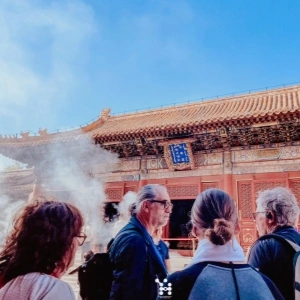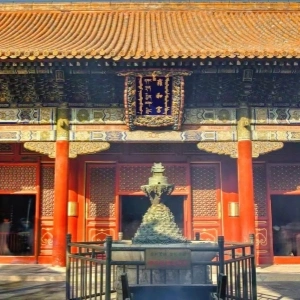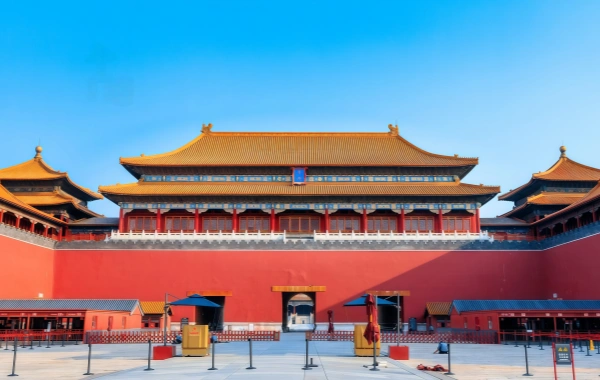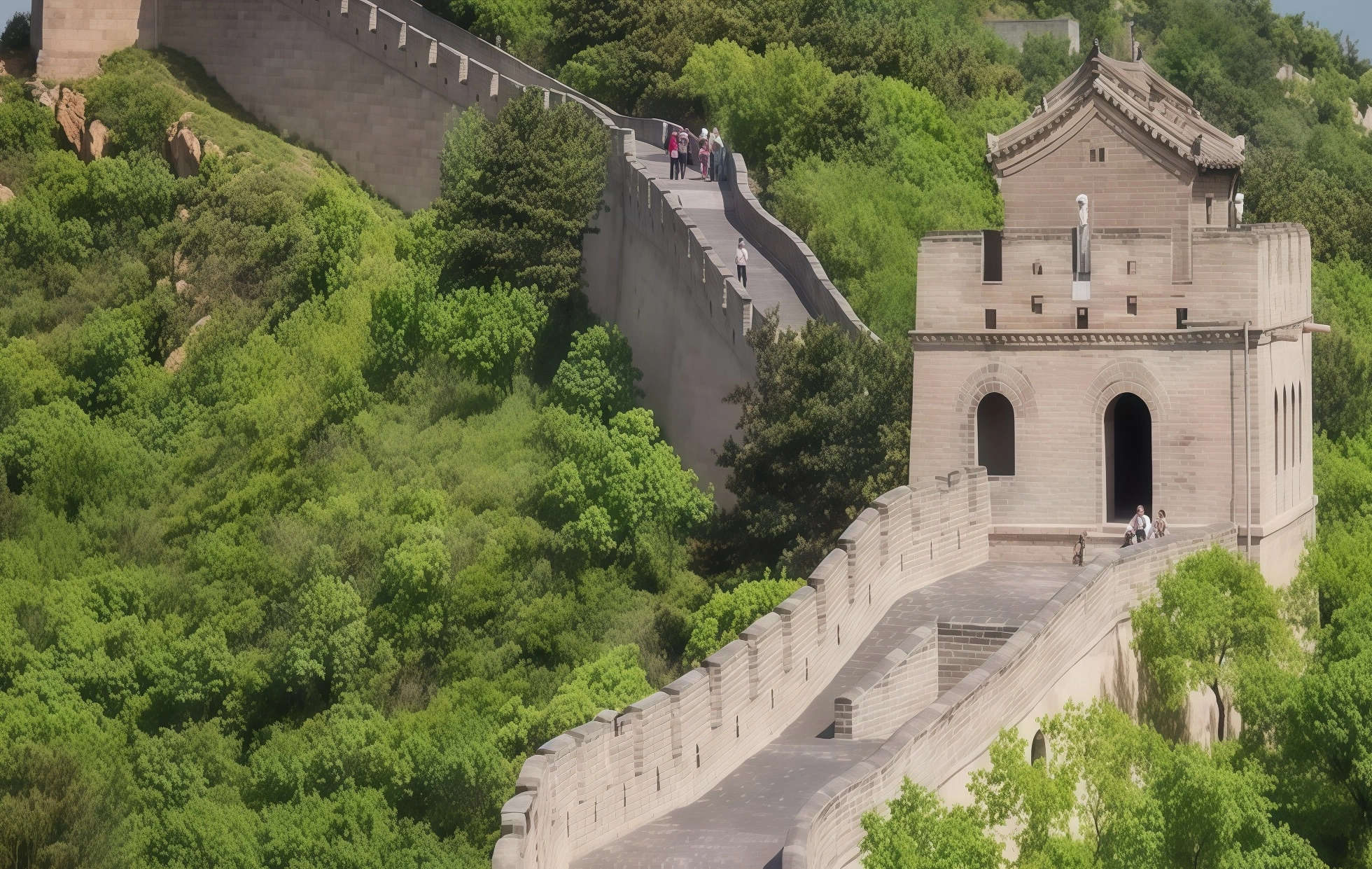Traveling to Tibet by train is a journey filled with cultural immersion and opportunities to explore remote landscapes in comfort. Beyond just a scenic ride, the train system plays a crucial role in connecting Tibet to the rest of China and providing travelers with a smooth introduction to this unique region. Here’s another perspective on train travel in Tibet. Please feel free to contact us if you want to know more about China travel.
Related recommended itineraries:
1. Cultural and Scenic Experience
The Qinghai-Tibet Railway isn’t just a transportation route—it’s a cultural and natural showcase:
● Cultural Immersion: As the train travels toward Lhasa, the gradual shift in landscape reflects Tibet’s distinct culture. From the arid landscapes of Qinghai to the prayer flags fluttering across mountain passes, the train journey offers a preview of Tibetan life.
● Panoramic Vistas: Passengers enjoy views of iconic sites like the Tanggula Pass, the highest railway point in the world, and the tranquil beauty of Namtso Lake. For many, the train is a once-in-a-lifetime opportunity to traverse this remote, breathtaking plateau.
2. A Gradual Acclimatization to Altitude
Train travel offers a unique advantage over flying into Tibet: gradual acclimatization to the region’s high altitude. The ascent via train allows your body to adapt more easily compared to the sudden altitude change experienced when flying into Lhasa. This can help minimize the effects of altitude sickness.
Tip: Stay hydrated and avoid alcohol during the journey to reduce the risk of altitude-related discomfort.
3. Sustainability and Connectivity
The Qinghai-Tibet Railway is a marvel of engineering, designed to minimize environmental impact:
● Eco-Friendly Design: Elevated tracks and tunnels minimize disruption to local wildlife and fragile ecosystems, preserving the plateau's pristine environment.
● Cultural Connection: The railway fosters better cultural exchange between Tibet and other parts of China, opening up the region to tourism while respecting its traditions.
4. Essential Tips for Train Travel in Tibet
● Seating Options: For the best experience, opt for soft sleeper cabins, which are quieter and more private. If traveling in a group, you can book an entire compartment for added comfort.
● Timing Your Trip: The summer months (May to October) are the best time to take the train, as the weather is more stable, and the plateau is at its most vibrant.
● Tibet Travel Permit: This is a mandatory document for all foreign travelers and must be secured before booking your train tickets.
5. Extending Your Journey
Once in Tibet, consider exploring additional destinations by train. The route to Shigatse offers a comfortable and scenic way to visit Tibet’s second-largest city and serves as a stepping stone to the Everest Base Camp.
Traveling by train in Tibet is more than just transportation—it’s an unforgettable introduction to the region’s landscapes, culture, and spiritual essence, making it a truly enriching travel experience.
Related Posts
Create Your Customized Trip
Take about 2 minutes to fill the form to tell us how you like to travel, and get a reply within 1 working day.









